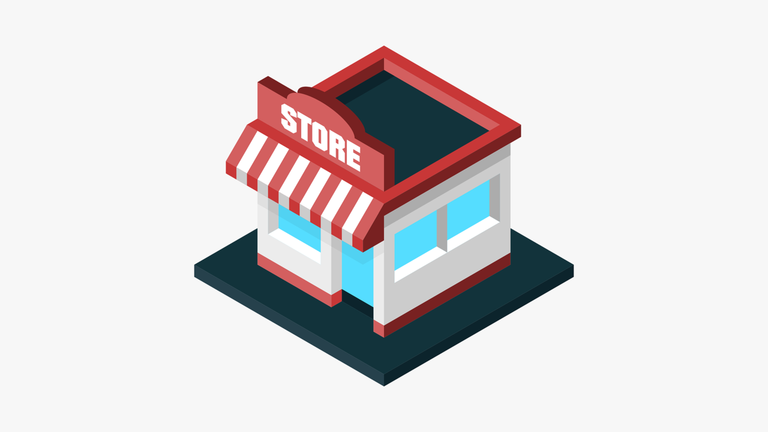
Approximately 80% of the 28.8 million small businesses in the U.S. do not have any employees. This means most small businesses do not have a dedicated marketing department. Small business owners, they do what they can. But sometimes their good will effort to advertise comes short of its potential.
Small business owners are busy people. They are answering calls, handling deliveries, sending quotes, and stocking shelves. On top of that they are part of a family that craves their attention. They won't be able to carve out enough time out of their work schedule to give you all the guidance you need. Here are five steps that web designers and owners can use to improve their success online:
1. Take care of your brand
Note: Your logo is not your brand.
A logo can remind people of your brand, but even a set of colors or a particular design might remind them of your brand.
Consider the following questions:
- Do I have more than one version of my logo out in circulation?
- Does my logo represent what my business offer?
- Do I have a large version of my logo that I can send a designer or marketing firm for large prints?
- Do I use a consistent color palette throughout?
Refine your brand by taking any old marketing materials out of circulation. Remove logos, and think of your shop/website as an extension of your marketing materials.
It is understandable that your business no matter how small is an extension of you. It is personal. It takes you endless hours of work and even hours of sleep. Change what you need to reduce confusion for your clients and boost the sales numbers.
2. Create a small press kit
If your local TV station calls you and said they would like to come to your shop for an interview, would you be ready? You are the expert on your business and can talk about it for hours. But to make sure you are always ready for prime time, you should always have a small press kit ready to go. There are a few key items that will come in handy if the local news channel or newspaper want an exclusive.
- Brief “About the Company” paragraphs. Should contain when it was founded, what drives the business and what products it offers. Think of it as the folklore of your business.
- A list of accomplishments that your business has achieved if any.
- A company logo that you already curated on step 1.
- A photo of the team.
3. Create only the social media handles you can manage.
Typical problems I’ve come across are:
- Lost social media passwords.
- Zombie social media accounts left abandoned.
- Company name inconsistencies in the social handles.
- Too many accounts on different platforms and only one is getting updated.
- The social media account does not have the logo visible.
Do any of these ring a bell? Avoid them at all costs. It pays off to be a minimalist when it comes to social media accounts. It will help you keep your sanity and will focus your customers on your brand.
Does your website really need a Snapchat, Instagram, YouTube, Reddit, Pinterest, Whatsapp, Tumblr, Twitter, and LINE account? Yeah, I thought so. If you sell donuts, yes an Instagram would make sense. A Whatsapp? Not likely.
Create only the ones that make sense for you and stick with them. Master them and interact with your fans and followers through them. That will ensure your customer will stay engaged and stay loyal.
4. Store your passwords securely
This is so common it is a bad cliché among IT support. But not a place where you want to be when it comes to your business. A customer had his website offline while trying to jump start his business again because someone else had set it up and they didn’t have the password. “But I can ask for a new password right? I mean, I paid for it” Yes and no. When I deal with tech support for websites they regularly need the credit card that used to buy the domain and/or the email used to create it.
Once I encountered a client who faced the perfect storm. His then ex-wife had purchased the domain under her name, with an email he didn’t have access to anymore, and a personal credit card he got rid of three years ago. Fortunately we recovered the account but it was not a good experience.
You paid for your website design. Don’t let it go to waste. Save your passwords as if it were you social security number. They might make or break your business.
5. Don’t use personal credit cards for your hosting
It is both good accounting practice and better for your personal organization. While I hate the idea of telling you people how to run their business, I would nonetheless encourage you to do this. Having a website is a must for most businesses to grow, so make sure yours belongs to your company. Don’t any third party register the website with his/her credit card. Sit down with your developer and use your credit card and your business email (Setup a Protonmail with your business name for this.).
Finally, setup a calendar for renewal. If it is yearly, or monthly, make sure a valid credit card is on file. Ensure your website stays up and clients don't see an error page when the time for renewal comes around.
Good!
Excellent
Congratulations @ohara! You received a personal award!
You can view your badges on your Steem Board and compare to others on the Steem Ranking
Do not miss the last post from @steemitboard:
Vote for @Steemitboard as a witness to get one more award and increased upvotes!